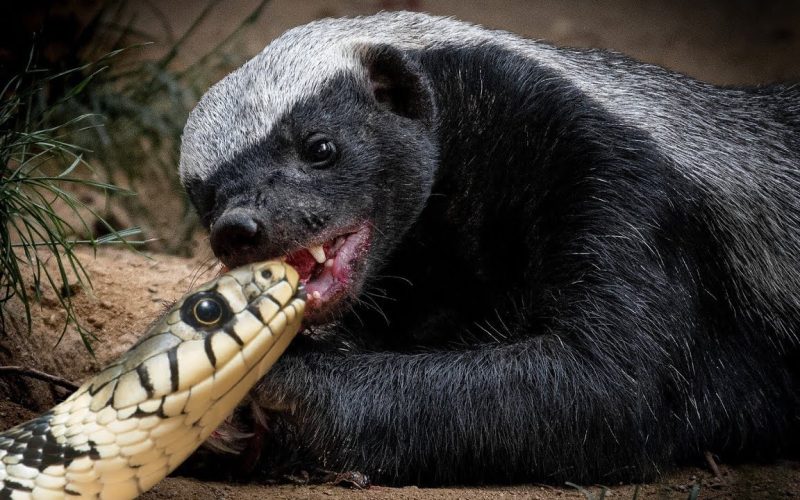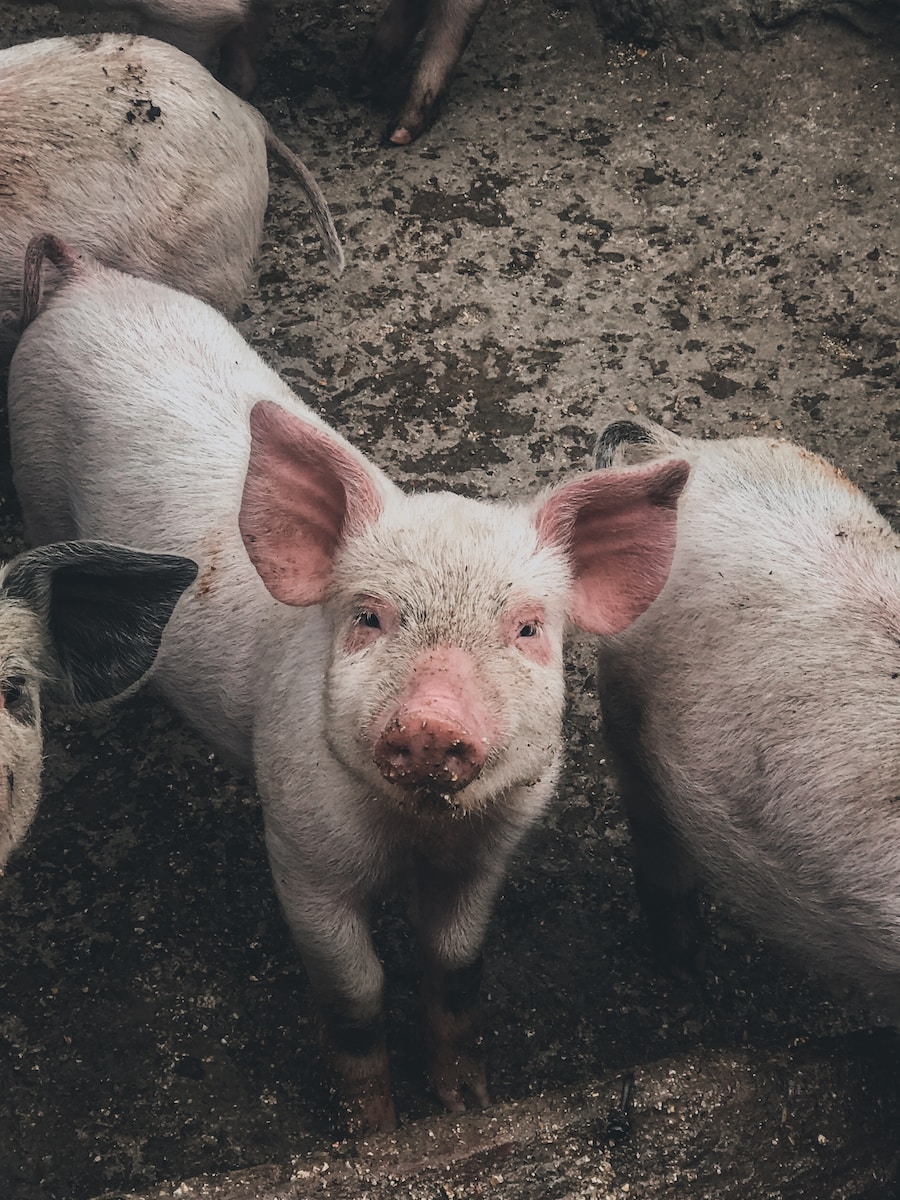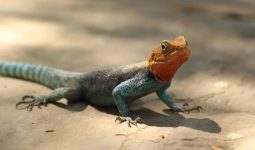Venomous snakes are truly terrifying creatures. Around one hundred thousand people per year are brought to their deaths by the venom of snakes worldwide.
On the other hand, the animal kingdom has given rise to many extraordinary animals immune to snake venom and other life-threatening toxins.
They have such remarkable resilience that they can brush off the consequences of a snake bite as if it had never happened.
Creatures that hunt their prey and animals that hunt them build up their venom resistance in unique ways.
This helps cater to their specific requirements, whether they are fleeing or hunting snakes.
How snakes can inflict injury with their venom is well understood by scientific researchers.
Nevertheless, the specific mechanism of immunity is still shrouded in mystery.
How Are Animals Immune to Snake Venom?
Scientists are still investigating how venom immunity develops. Some animals possess it, whereas others do not.
While its precise molecular or genetic markers remain unknown, we understand several aspects of venom immunity.
Antivenom Blood
Antivenom, sometimes known as antivenin, refers to any component that may neutralize the venom.
When it happens naturally, as in numerous animals, it is frequently due to blood mutation.
Certain receptors prevent the venom from attaching to the blood, preventing it from causing harm to the body.
When venom still enters the bloodstream, antivenom is the best treatment. At low enough doses, the animal will go about its business.
Cellular Mutation
This can be discovered in Mongooses. Certain alterations in the cells of this species render it virtually completely immune to snake venom.
Unlike in most animals having antivenin blood, poison bounces off the cells of a mongoose. A study published in the National Academy of Sciences outlines this.
Red blood cells, proteins, or enzymes would break down in the average organism (or human). A mongoose, on the other hand, appears to be immune to such impacts.
Surprisingly, this is comparable to the mutation that snakes exhibit. We don’t fully comprehend this safeguard. Even so, experts expect that locating the source may aid in developing more potent human antivenoms.
Extremely Thick Skin
Unlike poison, venom has the greatest impact after it enters the body. Skin contact alone will not cause any damage, irritation, or rashes.
This means that bites that do not pierce are ineffective. Snake hunters take advantage of this by wearing tough boots and gloves.
The honey badger is an excellent example. The teeth of a snake will struggle to pierce the thick dermis layer. It may take several bites to do this.
Combined with its general immunity, the honey badger creates a near-limitless advantage by limiting the number of bites that make contact.
This is also seen in prey animals, such as Animals Immune to Snake Venomdomestic Pig. What the pig lacks in suppleness, it makes up for with a thick protective covering.
Animals Immune to Snake Venom
1. Hedgehog
Hedgehogs are frequently recognized as one of the most adorable animals in the animal realm.
They are 5 to 14 inches long and weigh about 2 pounds when completely mature. Despite their adorable appearance, this little mammal packs a powerful punch.
Hedgehogs can be identified by the spines on their back. These are hollow and comprised of keratin, the same substance as hair.
The spines are not venomous but coated in germs that hedgehogs grow in their mouths.
Hedgehogs may be able to expel a few spines when assaulted, depending on the subspecies.
Hedgehogs always prefer to curl up into a ball when threatened. Although it appears simple, this intriguing defense strategy is often sufficient to protect hedgehogs from larger predators—the spines on the hedgehog’s back point defensively outwards within this compact ball.
Hedgehogs can guard other areas of their bodies that do not have spines in this manner. Face, legs, arms, and belly are examples.
However, some hedgehogs do more than merely defend themselves. A few subspecies can attack using their spines.
This is performed by rolling into a ball and smashing into adversaries. As a last resort, some people will hide in a ball.
Unsurprisingly, hedgehogs have developed immunity to snake venom, given their defense mechanism. Hedgehogs, after all, can only rely on their spines when balled up.
If the snakes are serious about biting the hedgehog, they will endure the painful stabs. Hedgehogs with immunity can wait out the onslaught.
The protein erinacine is responsible for this immunity. It is discovered in the muscular system of hedgehogs.
However, due to their small size, hedgehogs can only take a small amount of snake venom.
A single snake bite, especially from more lethal species like vipers, can often be fatal to a hedgehog.
2. Domestic Pig
The domestic pig is an unexpected candidate for venom resistance. Pigs, often known as swine or hogs, are well-known farm animals.
They have a large, pointed heads, short, stubby tails, and pink flesh. A mature pig can grow up to 6 feet long and weigh between 100 and 700 pounds, depending on the breed.
While it is a popular animal, it is not necessarily considered tough or sturdy. Pigs, on the other hand, are a subspecies of the wild boar, which is a very tough animal.
The domestic pig is naturally resistant to a-neurotoxin found in snake venom. Pigs, in particular, have a mutation in the receptors that respond to a-neurotoxin.
The mutation inhibits the neurotoxic from binding, rendering the venom ineffective. As a result, they are immune to the venom of many different species, including rattlesnakes.
Furthermore, the substantial layer of fat on a pig’s body protects it from snake venom. A snake’s bite is frequently unable to pierce the fat.
This prevents the toxin from entering the bloodstream, where it can cause the most damage.
Surprisingly, pigs are not only resistant to snakes. They also deliberately seek out and kill these reptiles.
Because snakes prey on youngsters of many species, it is safe to conclude that maternal instincts cause this action.
Because immunity grows with age, these animals are immune to snake venom.
Many pig farmers have reported their pigs crushing snakes that have slithered into the pen.
Taking advantage of this natural advantage, numerous farms utilize their swine as a deterrent to reptile intruders.
3. Honey Badger
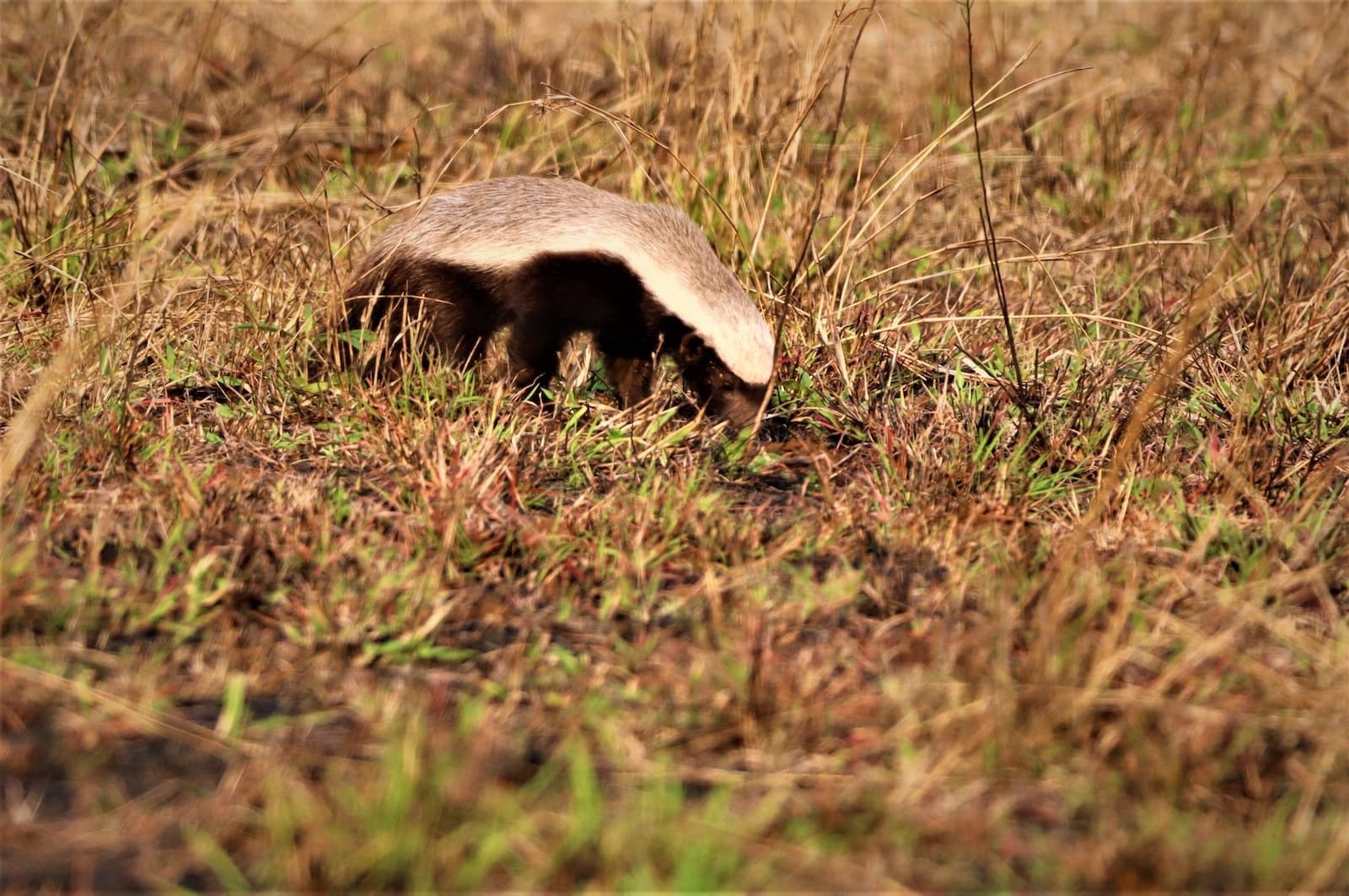
Honey badgers are the model for venom immunity, sometimes known as ratels, and are mammals found in Africa, Southwest Asia, and the Indian subcontinent.
The body of this species is long and black with a small, flat head, a short nose, and small eyes and ears.
Its legs are small but robust, with sharp claws utilized for brutal fighting.
It is advisable not to pet fuzzy-looking creatures. But do you think snakes are afraid of them as well? Honey badgers are formidable snake hunters.
They also frequently take on much larger creatures like lions and hyenas.
The honey badger is omnivorous, with one of the most diverse diets among weasels. It also eats berries, roots, and bulbs.
To counteract the danger posed by snakes, honey badgers have developed a twofold defense mechanism that makes these animals immune to snake venom.
Their blood may produce antivenom, which effectively stops venomous snake bites.
Aside from their blood, these animals can be difficult to bite in the first place.
Because of the thickness of its hide, piercing any area of a honey badger’s skin is extremely tough.
Honey badgers, unlike snakes, are immune to bee poison. Honey badgers, after all, get their name from their love of honey.
They frequently climb trees and collect them directly from beehives.
Bees will often sting them while they are doing this. Unfazed, these fearless creatures continue eating as if the insects didn’t exist.
Snakes of every shape, size, and toxicity can be found in these trees in the areas where these badgers live.
It’s no surprise that badgers require two types of venom resistance!
4. Mongoose

Mongooses are small flesh-eating animals native to Europe, Asia, and Africa. Their bodies are long, with tiny legs, long faces, and short ears.
Their most distinguishing characteristic, of course, is their long, tapering tail.
Despite their weasel-like looks and tiny bodies, these animals can readily take on a venomous snake.
Mongooses have a cell mutation that makes these animals immune to snake venom. Mongooses have a higher level of resistance than other animals.
Their receptors bounce off the venom. Because of a glycoprotein that coats the cells, the venom is rendered useless.
They are, as previously stated, one of the best snake hunters. As a result, mongooses have an additional advantage. Not only is their blood exceptionally poison-resistant.
Mongooses are swift and agile creatures; They can easily keep up with a snake’s twists, bends, and pummels if forced to wrestle one.
As a result, snakes are at a disadvantage when wrapping around or holding onto their predators. In fact, king cobras avoid mongooses for this precise reason.
5. California Ground Squirrel
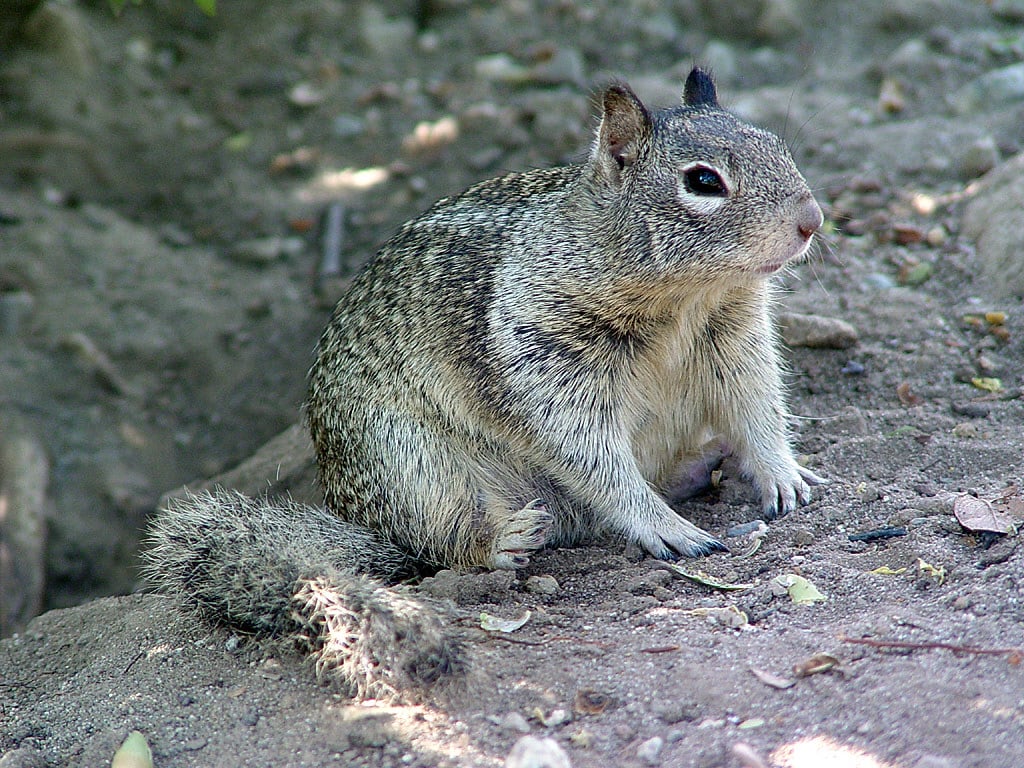
Not everyone thinks of squirrels when we think about animals immune to snake venom.
Squirrels, on the other hand, can do more than only defend themselves against snakes.
They combine immunity with a variety of devious defense mechanisms. There can be various variations within the squirrel family.
Each has a distinct appearance and protection system. The California ground squirrel has one of the most intriguing defense strategies.
California ground squirrels are partially protected from their biggest predator, rattlesnakes, but that’s only the beginning.
They usually pick up rattlesnake skin and lick themselves and their pups after chewing up this skin, thus enabling them to smell like rattlesnakes.
It brilliantly disguises them from their main predator, who hunts mostly by smell.
Squirrels do not simply quit hiding. They are also known to go on the offensive.
California ground squirrels can heat up their tails at command and shake them violently.
They frequently do this when confronted with a rattlesnake, which can frighten the ferocious predators. It appears that two can play the tail-rattling game.
This tail-shaking emits an infrared signal as well. This radiation can be especially frightening to rattlesnakes, which are infrared-sensitive.




